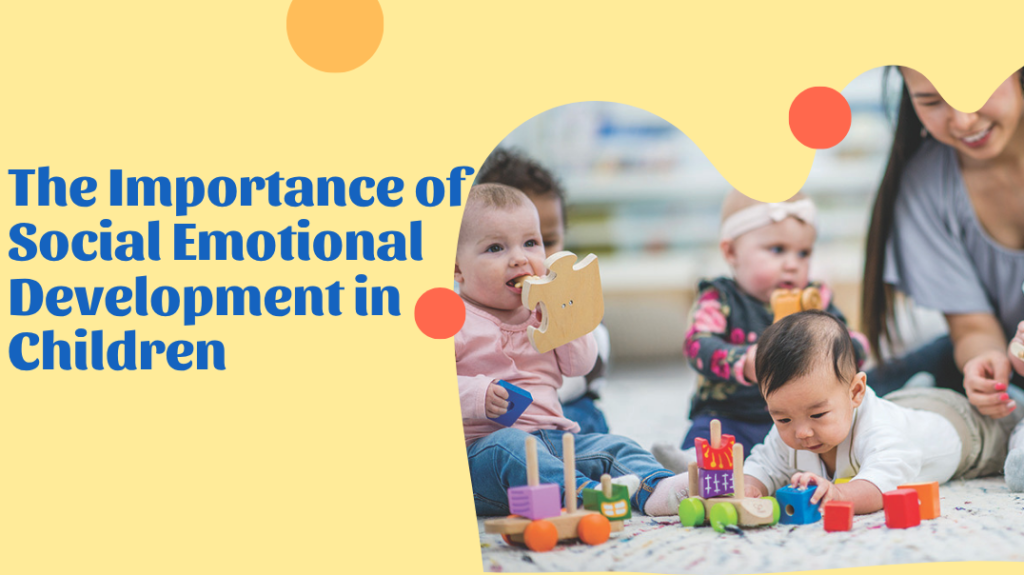What exactly is Social Emotional Development? Why is it so essential during early childhood? Can it impact a child’s learning, behavior, and long-term happiness? If your child struggles to make friends, manage emotions, or express empathy, could it be tied to gaps in their social emotional growth?
Social Emotional Development helps children understand their feelings, connect with others, and manage everyday challenges. It builds empathy, emotional control, and healthy relationships—all essential for school readiness and long-term success. Kids with strong social-emotional skills are more confident, cooperative, and resilient in both academic and social settings.
In this article, we’ll explore why Social Emotional Development is essential in childhood, what signs to look for, and how parents and educators can nurture it through everyday interactions and supportive environments.
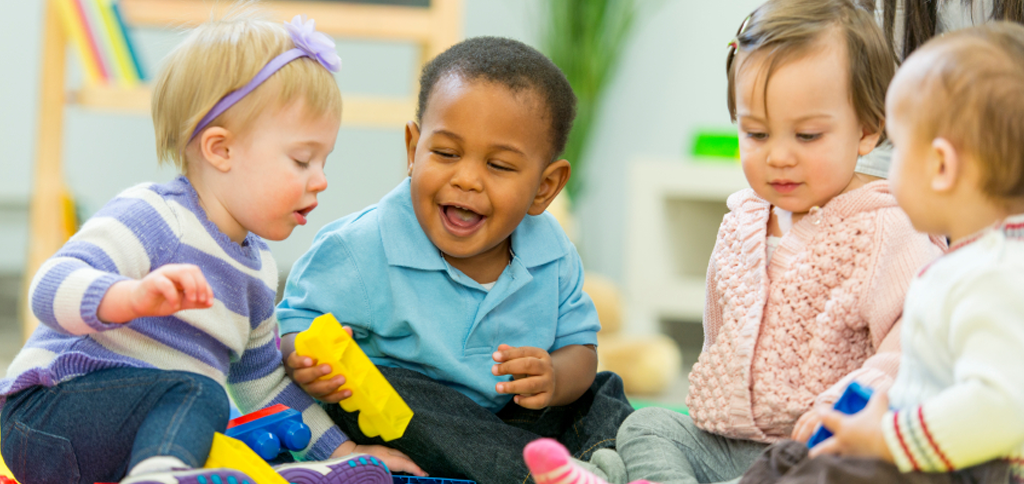
What is Social Emotional Development?
Social Emotional Development is the process by which children learn to understand and manage emotions, build healthy relationships, and make responsible decisions. It’s not just about “being nice” or “following rules”—it’s a core part of a child’s growth that affects every area of life, from learning in the classroom to making friends on the playground.
In early childhood, Social Emotional Development forms the foundation for how a child will perceive the world, express their needs, and interact with others. It includes several key abilities: recognizing one’s feelings, understanding others’ emotions, controlling impulses, cooperating with peers, and handling disappointment or frustration in healthy ways. These skills don’t develop overnight—they are built gradually through consistent experiences with caregivers, teachers, and peers.
For example, when a preschooler shares a toy or waits their turn in a group game, they are practicing Social Emotional Development. When they express frustration instead of hitting, or show empathy when a friend is sad, they are demonstrating emotional growth. These moments, although small, are powerful indicators of a child’s ability to thrive socially and emotionally.
Social Emotional Development is often broken down into five core areas:
- Self-awareness – recognizing emotions, thoughts, and values.
- Self-management – regulating emotions and behaviors in different situations.
- Social awareness – understanding others’ perspectives and showing empathy.
- Relationship skills – forming positive relationships and resolving conflicts.
- Responsible decision-making – making choices based on ethics, safety, and social norms.
Research shows that children with strong social-emotional development perform better in school, have healthier relationships, and experience fewer behavior problems later in life. That’s why more educators and parents are focusing not only on academic learning but also on développement émotionnel, intelligence, and social confidence from an early age.
In summary, Social Emotional Development is not optional—it’s essential. It influences how children learn, how they connect with others, and how they handle the ups and downs of growing up. Building this foundation early paves the way for a balanced, successful, and emotionally intelligent life.
Why Every Child Needs Social Emotional Skills?
Every child, regardless of their background, personality, or learning style, benefits from strong social-emotional skills. These are the abilities that help children recognize emotions, manage reactions, form positive relationships, and make responsible choices. When we talk about Social Emotional Development, we’re referring to the lifelong foundation for mental health, learning, and social success.
In early childhood, the brain is rapidly developing. It’s not only forming cognitive pathways for math, reading, and language, but also building neural networks for emotional regulation, empathy, and interpersonal skills. That’s why social-emotional development should be nurtured just as intentionally as academic development.
Social Emotional Development Builds Confidence and Coping Skills
Children with strong social-emotional skills are better prepared to face everyday challenges. They’re more likely to stay calm when frustrated, express themselves clearly, ask for help when needed, and work cooperatively with others. These aren’t “soft skills”—they are essential life skills. Studies show that children with solid emotional Development perform better academically, have fewer behavior issues, and build stronger peer relationships.
Let’s look at an example: imagine two children in a preschool setting who both want the same toy. One child becomes upset and lashes out, while the other calmly asks to take turns. What’s the difference? The second child has developed emotional regulation and communication, key aspects of social emotional learning. Over time, these skills become tools for navigating group dynamics, managing school pressures, and even succeeding in future workplaces.

Emotional Skills Promote Mental Health and Resilience
Beyond school readiness, it plays a vital role in mental well-being. Children who can name and process their feelings are less likely to develop anxiety, depression, or anger issues as they grow older. They learn how to cope with disappointment, set goals, handle peer conflict, and build emotional resilience. This resilience allows them to bounce back from setbacks and keep trying—a trait deeply linked to long-term success in life.
Social Emotional Skills Are Essential in a Changing World
Moreover, in today’s fast-changing, socially complex world, emotional intelligence is more important than ever. Kids face constant stimulation and emotional challenges from digital media, school expectations, and social dynamics. Teaching children to understand emotions—both their own and others’—equips them to handle stress, make ethical decisions, and develop compassion. These traits are not only helpful; they are crucial to becoming kind, capable, and socially responsible individuals.

Receive a free catalog and custom layout to help you design your ideal classroom easily.
Everyday Interactions Shape Social Emotional Development
Parents and educators can support Social Emotional Development in everyday moments by listening actively, validating feelings, guiding conflict resolution, and encouraging empathy. Creating safe environments where children feel heard and respected is key. The goal isn’t perfection—it’s progress.
When we invest in Social Emotional Development, we’re not just raising better students—we’re raising better humans. That’s why every child needs social emotional skills: they are the heart of learning, the engine of relationships, and the anchor of lifelong success.
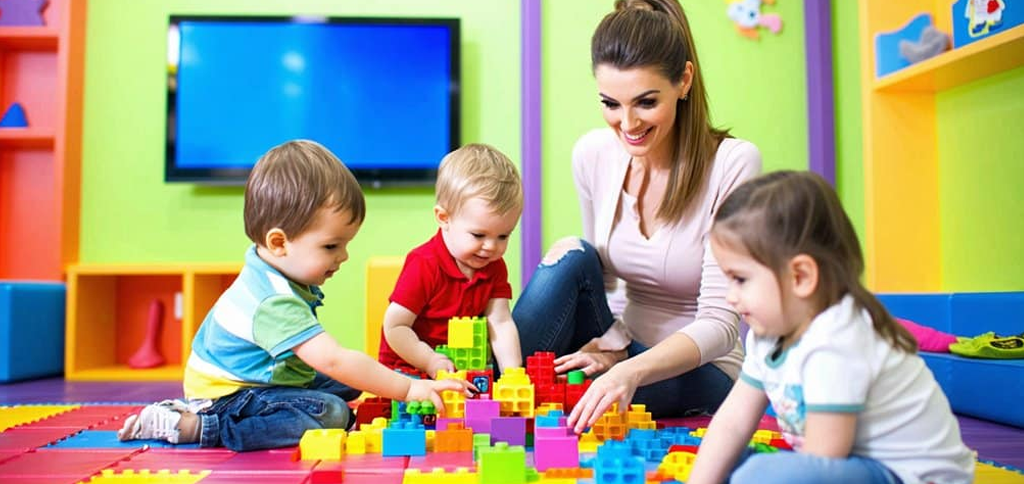
Key Social Emotional Development from Birth to Age 6
Emotional and social development is a critical part of early childhood growth. From the moment a baby is born, they begin learning how to express feelings, respond to others, and build relationships. Understanding the key stages of emotional and social development between birth and age 6 can help parents, caregivers, and educators support healthy emotional growth and social skills.
Infancy (0–12 Months): Trust and Attachment
In the first year of life, emotional and social development begins with bonding and attachment. Babies learn to trust caregivers through consistent, loving responses to their needs. Smiling, cooing, crying, and eye contact are the earliest signs of emotional expression. At this stage, a baby starts to recognize familiar faces and show a preference for caregivers.
By around 6 to 9 months, babies may express anxiety around strangers, which is a normal part of developing emotional awareness. Close physical contact, soothing routines, and responsive caregiving are crucial in supporting secure attachment.
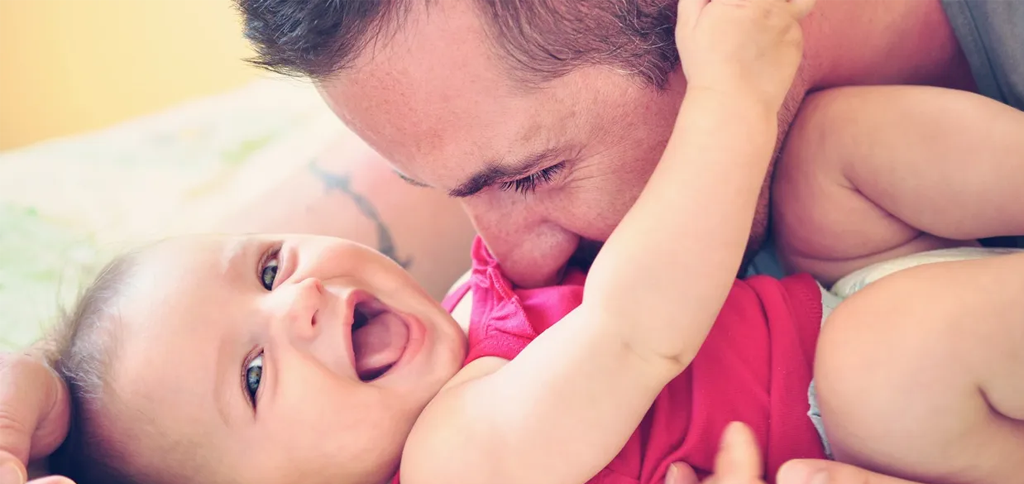
Toddlerhood (1–2 Years): Independence and Expression
During the toddler years, emotional and social development becomes more visible. Children start to explore independence, insisting on doing things themselves while still needing reassurance from adults. They begin to identify basic emotions like happy, sad, or angry, and may even start to label their feelings with words.
Socially, toddlers engage in jeu parallèle—playing next to peers without direct interaction. They also start forming preferences for certain people, showing affection, and imitating behaviors they observe in adults. This stage is full of emotional highs and lows, and it’s important for caregivers to help toddlers name their feelings and model calm responses.

Preschooler (3–4 Years): Cooperation and Empathy
At this age, emotional and social development accelerates. Preschoolers begin to understand that others have feelings too, which marks the emergence of empathy. They start to manage emotions with more control and can follow simple social rules like sharing and taking turns.
Cooperative play becomes common, and friendships start to form. Children may still struggle with frustration or disappointment, but they are more likely to use words instead of physical actions to express themselves. Supportive adults can guide preschoolers by acknowledging their feelings and encouraging problem-solving strategies.
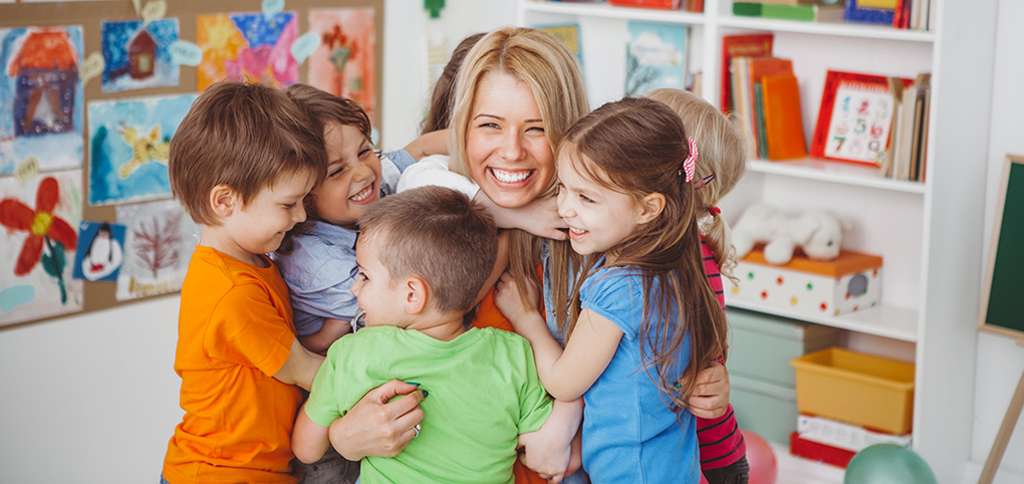
Early School Age (5–6 Years): Emotional Regulation and Social Rules
By ages 5 and 6, many children have a deeper understanding of emotional and social development. They can explain why they feel a certain way, anticipate the consequences of their actions, and show concern for others. They’re better able to wait, follow rules, and work as part of a group.
At this stage, children value acceptance from peers and begin to care more about how others perceive them. They enjoy teamwork and may take pride in helping others. Strong routines, consistent boundaries, and open communication help reinforce positive emotional and social behavior.
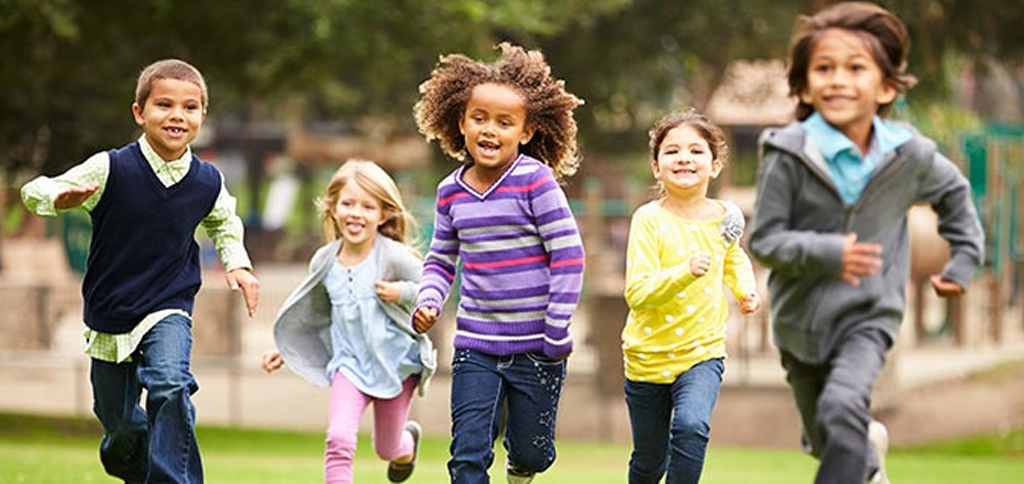
Common Social Emotional Development Examples in Children
Children begin developing emotional and social skills from the earliest stages of life. These abilities—like identifying emotions, interacting with others, and managing behavior—are essential for success in school, relationships, and beyond. Understanding clear social-emotional development examples helps parents and educators know what to look for and how to support it.
Below are 10 everyday examples that show how children demonstrate emotional and social growth during their early years.
Expressing Emotions with Words
One of the earliest signs of social emotional development is when a child begins to use words to describe their feelings. For instance, instead of crying or acting out, a child might say, “I’m mad because you didn’t let me play.” This verbal expression shows emotional awareness and self-regulation. It also helps children constructively communicate their needs, reducing frustration and improving social interactions. Adults can support this by modeling emotional language, validating the child’s feelings, and encouraging open conversations about emotions.
Taking Turns During Play
Taking turns is a major milestone in social-emotional development. When children wait patiently for their turn in a game or while playing on a slide, they are learning impulse control, fairness, and empathy. This behavior shows that they understand others have feelings too and deserve equal treatment. For example, a child who says, “Now it’s your turn,” demonstrates respect and shared enjoyment. These skills prepare children for group settings like preschool, where cooperation and social rules are essential.
Showing Empathy Toward Others
Empathy is the ability to understand and share another person’s feelings. A young child might show empathy by comforting a sad friend, offering a hug, or sharing a toy to cheer someone up. These moments reveal deepening emotional understanding and compassion. For instance, a child might say, “I’m sorry you’re hurt,” even if they weren’t responsible. Encouraging empathy helps children form deeper relationships, reduces conflict, and supports a kind and caring learning environment—all critical outcomes of healthy social-emotional development.
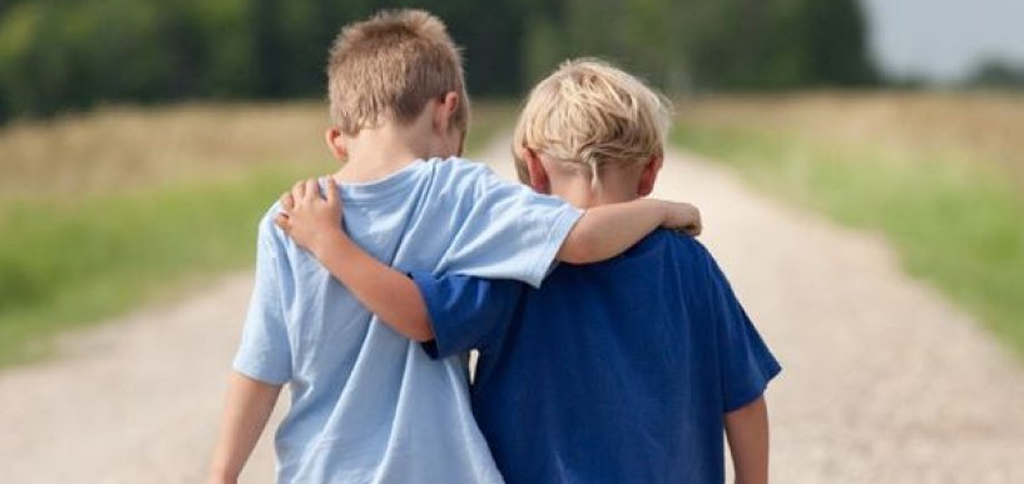
Asking for Help When Needed
Recognizing when to seek help is an important example of social emotional development. A child who says, “Can you help me button my coat?” is showing self-awareness and the ability to trust others for support. It takes emotional maturity to admit a challenge and ask for assistance without feeling shame or fear. This also helps build confidence over time. Caregivers can reinforce this skill by responding positively, showing patience, and praising the child for speaking up, reinforcing that asking for help is a strength, not a weakness.
Apologizing After Hurting Someone
Apologizing is not just a polite behavior—it reflects emotional growth and social responsibility. When a child says, “I’m sorry I pushed you,” they’re acknowledging their impact on others and showing remorse. This action helps restore trust and teaches children about cause and effect in relationships. Adults can guide this process by encouraging children to reflect on their behavior and how it made others feel. Over time, children begin to internalize this process, which is a significant part of long-term emotional intelligence and positive peer relationships.

Receive a free catalog and custom layout to help you design your ideal classroom easily.
Naming Their Feelings
A child who can say, “I feel scared,” or “I’m excited,” is demonstrating early emotional literacy. Naming emotions gives children the power to manage them. It helps them recognize emotional patterns and communicate better with others. Without the ability to label emotions, children often act out physically or withdraw. Emotional vocabulary is a key building block in social emotional development, and adults can support it by reading books about feelings, using emotional language in daily routines, and encouraging open discussions about moods and experiences.
Cooperating in Group Activities
Group play offers some of the richest social emotional development examples. Whether building a block tower or putting away toys together, cooperation involves listening, sharing responsibility, and compromising. A child who says, “Let’s build this together,” is showing leadership and social awareness. These experiences help children learn that being part of a group means sometimes adjusting their preferences for the good of everyone. These early skills are essential not only for the classroom but for future teamwork in school and life.
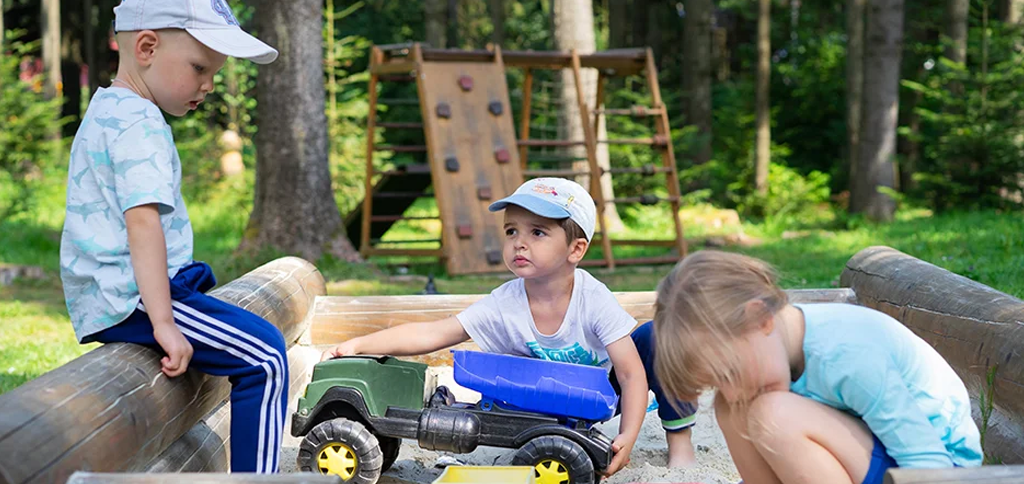
Recognizing Others’ Emotions
Reading facial expressions, tone of voice, and body language helps children understand how others feel, even when no words are spoken. A child might notice a peer is quiet and ask, “Are you okay?” or say, “You look happy!” This awareness shows that the child is developing emotional perception, a core skill in social emotional development. Parents and teachers can nurture this by discussing characters’ emotions in stories or reflecting on real-life situations, helping children build the ability to notice and respond sensitively to social cues.
Problem-Solving in Conflicts
Disagreements are inevitable, but how children resolve them reveals a great deal about their emotional maturity. When two kids want the same toy, and one suggests, “Let’s take turns,” it’s a powerful example of social problem-solving. This requires a mix of empathy, communication, and negotiation—key areas of social emotional development. Teaching children phrases like “Let’s find a way to fix it” or “What can we both agree on?” builds their confidence to resolve issues peacefully, an essential life skill for healthy relationships and future leadership.
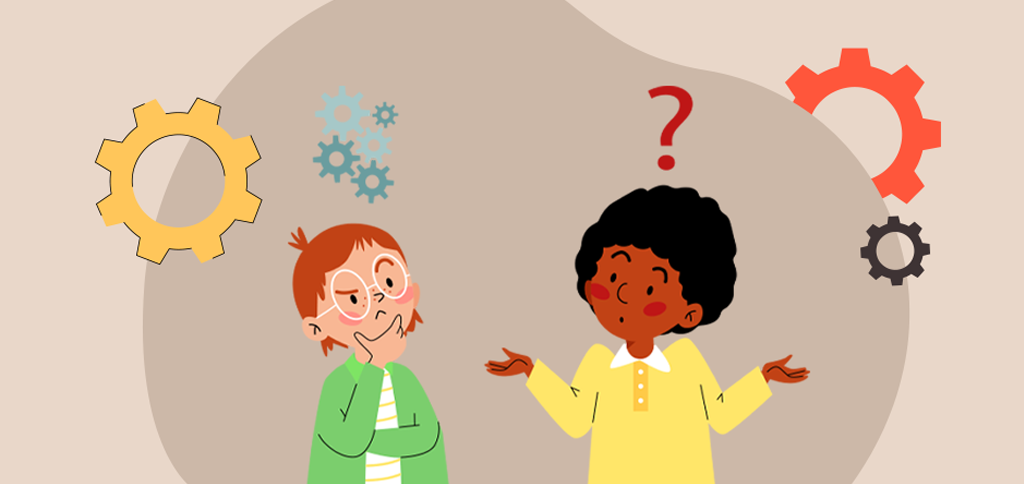
Social-Emotional Developmental Milestones in Infants & Toddlers
Social-emotional development begins long before a child can speak or follow instructions. From the very first smile to the first moment a toddler offers comfort to a crying friend, children are learning how to connect with others, express their needs, and understand feelings—both their own and those of the people around them. These early years are foundational in shaping a child’s emotional intelligence, resilience, and ability to form secure relationships later in life.
Recognizing these social-emotional development milestones allows parents, caregivers, and early childhood educators to support healthy emotional growth better, create emotionally responsive environments, and identify areas where a child might need additional guidance or support.
Below is a practical list of the most common social-emotional developmental milestones for infants (0–12 months) and toddlers (1–3 years). These markers offer insight into how young children develop emotional awareness and form early social connections.
Infants (0–12 Months)
- Responds to the caregiver’s voice and face with smiles or eye contact
- Infants begin building attachment and emotional connection by recognizing familiar voices and facial expressions.
- Cries or coos to express needs and feelings
- Emotional communication begins with crying, progressing into more intentional vocalizations.
- Shows interest in others’ faces and mimics facial expressions
- Social learning starts early, with infants often copying smiles or frowns.
- Demonstrates a preference for primary caregivers
- Developing trust and attachment is a key part of early développement socio-émotionnel.
- Displays stranger anxiety
- Around 6–9 months, infants may become distressed around unfamiliar people—a normal sign of emotional awareness.
- Seeks comfort when upset
- Reaching for caregivers or calming down when held shows early emotional regulation.
Toddlers (1–3 Years)
- Expresses a broader range of emotions (joy, frustration, anger, pride)
- Emotional vocabulary and behaviors become more complex during this stage.
- Shows signs of empathy (e.g., offering a toy to a crying peer)
- Early signs of understanding others’ feelings begin to emerge.
- Engages in parallel play alongside other children
- While not fully interactive, this shows interest in peer relationships.
- Demonstrates strong attachment but increasing independence
- Toddlers explore more freely but still seek emotional reassurance.
- Begins to assert boundaries (e.g., saying “no”)
- This is a regular part of developing self-identity and emotional autonomy.
- Uses simple words to express feelings (“happy,” “mad,” “mine”)
- Early emotional literacy helps with emotional regulation and reduces frustration.
- Seeks adult approval and responds to praise or correction
- Toddlers begin understanding social rules and adjusting their behavior accordingly.
- May show jealousy, possessiveness, or pride in accomplishments
- These emotions reflect increasing self-awareness and social comparison.
Establish Trusting Relationships
In the context of social emotional development in early childhood, establishing trusting relationships is foundational. A child’s ability to feel emotionally safe, secure, and valued is what fuels their capacity to explore the world, build confidence, and engage in meaningful learning experiences. Trusting relationships are not built overnight—they are the result of consistent, respectful, and emotionally attuned interactions between caregivers and children. When early educators and parents intentionally cultivate trust, they lay the emotional groundwork for lifelong resilience, empathy, and cooperation.
In this section, we explore two critical practices that help foster those trusting bonds: consistently showing warmth and affection, and demonstrating genuine respect and care for each child.
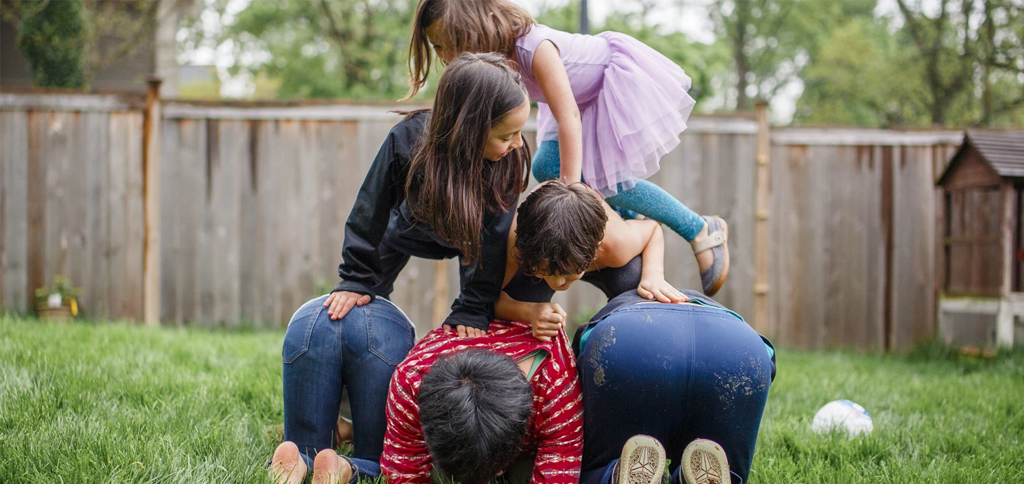
Showing Warmth and Affection Consistently
Children thrive on emotional connection. In the earliest years of life, affection is not just comforting—it is developmental. When caregivers greet children with a smile, offer hugs, and respond with gentle tones, they are sending a powerful message: “You are safe. You matter.” This is essential for social emotional development in early childhood.
Warmth doesn’t only mean physical affection; it includes emotional warmth, like attentively listening to a child’s stories, validating their feelings, and celebrating their small victories. These repeated actions communicate that adults are reliable and emotionally available, which supports children in forming secure attachments.
Secure attachment, as per child development research, is associated with improved emotion regulation, higher self-esteem, and enhanced social skills. Children who receive consistent warmth are more likely to approach social situations with confidence, handle stress more effectively, and seek help when needed—all critical components of healthy social emotional development.
The Role of Predictability
Consistency is also crucial. When adults offer warmth unpredictably—sometimes kind, sometimes dismissive—it confuses the child and may lead to insecurity. Predictable emotional responses create an environment where children know what to expect and can confidently rely on their caregivers. This emotional safety allows children to take appropriate risks in learning and relationships without fear of rejection or shame.
Modeling Emotional Openness
Showing warmth also means being emotionally open yourself. Children learn by observing how adults manage and express feelings. When a caregiver calmly acknowledges their own emotions (“I feel a little frustrated, so I’m taking a deep breath”), they teach children how to handle complex emotions with composure and respect. This modeling becomes a daily tool for supporting social emotional development in early childhood settings.
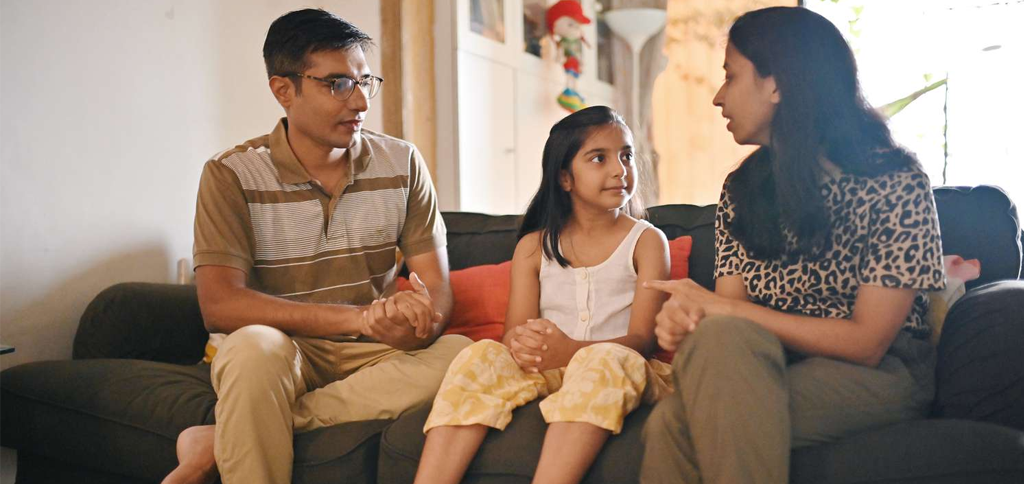
Respecting and Caring About Every Child
Respect is not optional in early childhood—it’s fundamental. Children, even at a very young age, can sense whether they are being treated with genuine respect or mere tolerance. In environments where adults show real interest in a child’s voice, needs, and preferences, children learn that they are valued. This sense of being respected builds confidence and contributes directly to their social emotional development in early childhood.
Respect can be shown in simple but powerful ways, such as kneeling to a child’s eye level when speaking, listening attentively without interrupting, and giving them choices within safe boundaries. For instance, asking “Would you like to read the book first or draw today?” respects their agency while guiding them gently.
Supporting Individual Differences
Every child is unique—emotionally, culturally, and socially. Respecting those differences means acknowledging that each child may need a different level of support or communication. Some children may be more emotionally expressive, while others may be quieter observers. Culturally responsive caregiving ensures that children’s identities are honored, not erased. This type of inclusive care significantly enhances a child’s ability to feel secure, seen, and connected—all outcomes directly tied to strong social and emotional foundations.
Creating a Caring Culture
Respect must also extend to how adults speak about and interact with children when they’re not in the room. A caring classroom or home environment is one where children are spoken to with kindness, and their efforts are recognized with sincerity. For example, rather than just saying, “Good job,” a caring adult might say, “You worked hard on that puzzle, and I noticed you didn’t give up.” This reinforces both the emotional and cognitive aspects of the child’s effort and development.

How to Support the Social Emotional Development of Toddlers?
Supporting the Social Emotional Development of toddlers is one of the most important roles caregivers and educators play during early childhood. Toddlers are at a critical stage in which they begin to form their identity, recognize emotions, and navigate social interactions with others. They are learning how to express their feelings, share space with peers, and seek comfort when upset—all of which contribute to long-term emotional resilience and relationship skills. But toddlers need consistent support and guidance from adults to develop these abilities effectively.
Here are practical, research-backed ways to promote healthy Social Emotional Development in toddlers.
Create a Safe and Nurturing Environment
A predictable and emotionally safe environment is the foundation of strong Social Emotional Development. Toddlers are susceptible to their surroundings and rely on adult consistency to feel secure. When caregivers respond to a toddler’s needs with warmth, patience, and reliability, children begin to trust their environment and the people within it. This trust allows them to explore the world, take social risks, and manage emotional challenges.
Daily routines such as snack time, playtime, et bedtime offer ideal opportunities to create emotional predictability. Gentle transitions between activities help reduce anxiety, while consistent responses from adults show toddlers that their emotions are understood and respected. Eye-level communication, affectionate tone of voice, and physical closeness like hugs or holding hands all reinforce emotional safety and connection.
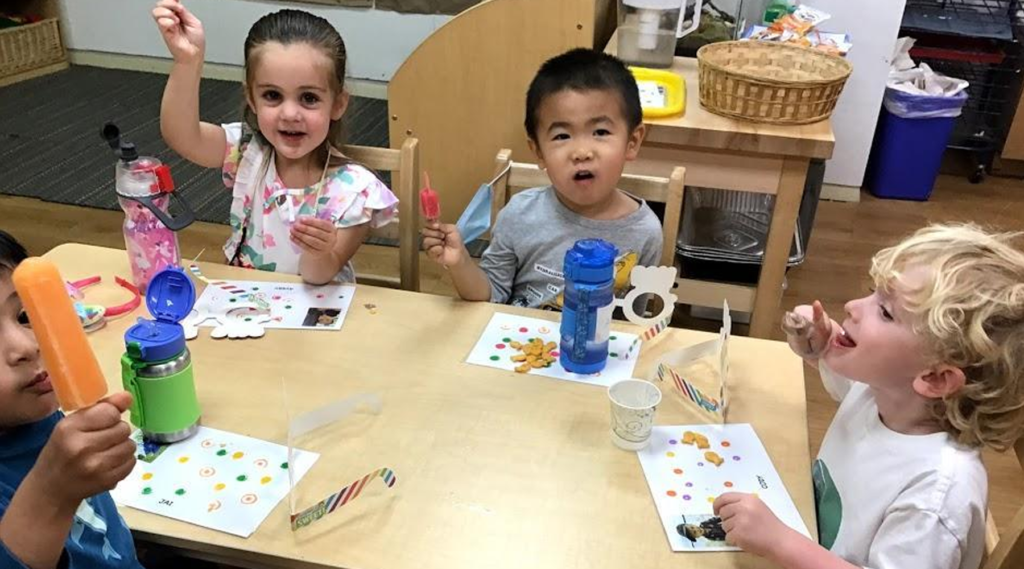
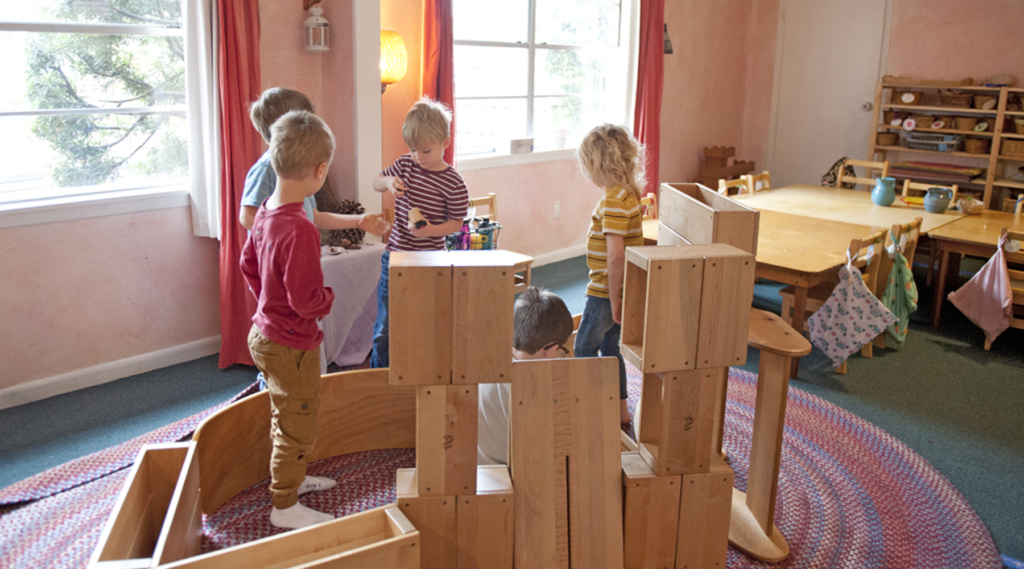
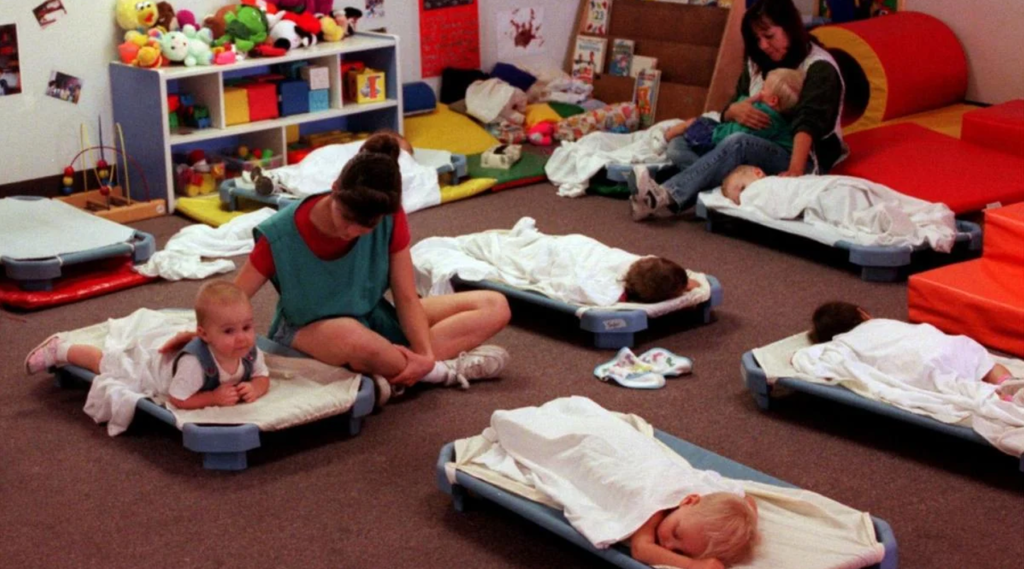
Teach Emotional Vocabulary and Recognition
Helping toddlers recognize and name their emotions is essential for early Social Emotional Development. Many behavioral challenges in toddlerhood stem from frustration caused by not being able to communicate feelings. By teaching words like “happy,” “angry,” “sad,” or “frustrated,” caregivers empower toddlers to express themselves verbally rather than through crying or hitting.
One of the most effective strategies is to narrate a child’s emotional experiences. For example, saying, “I see you’re upset because we had to leave the park,” helps the child link their feelings to language. Books about emotions, facial expression games, and storytelling also help toddlers learn to identify feelings in themselves and others. The more emotionally literate toddlers become, the more successfully they can navigate peer interactions and self-regulate their behavior.

Receive a free catalog and custom layout to help you design your ideal classroom easily.
Model Positive Social Behaviors
Toddlers learn through observation. When adults model empathy, patience, and respectful communication, children are likely to imitate those behaviors. Caregivers should demonstrate how to handle conflict calmly, express disappointment appropriately, and show kindness to others. For instance, saying, “I’m feeling frustrated, so I’m going to take a deep breath,” models both emotional awareness and coping strategies.
Equally important is the use of positive reinforcement when toddlers display socially appropriate behaviors. Praising efforts like sharing toys or comforting a friend reinforces those behaviors and makes them more likely to happen again. This not only strengthens the child’s Social Emotional Development, but also builds their self-esteem and understanding of social expectations.
Support Peer Interactions and Problem-Solving
Social experiences with peers offer rich opportunities to develop emotional and social skills. While toddlers may struggle with concepts like turn-taking or sharing, these moments are valuable learning opportunities. Caregivers should supervise interactions closely, intervene gently when needed, and guide toddlers through problem-solving rather than simply correcting behavior.
Instead of saying “Don’t grab,” it’s more effective to say, “Let’s ask your friend if you can use the toy when they’re done.” This teaches negotiation, empathy, and patience—critical components of Social Emotional Development. Encouraging cooperative activities like building together, simple group games, or collaborative art projects can also strengthen their social confidence and relationship skills.
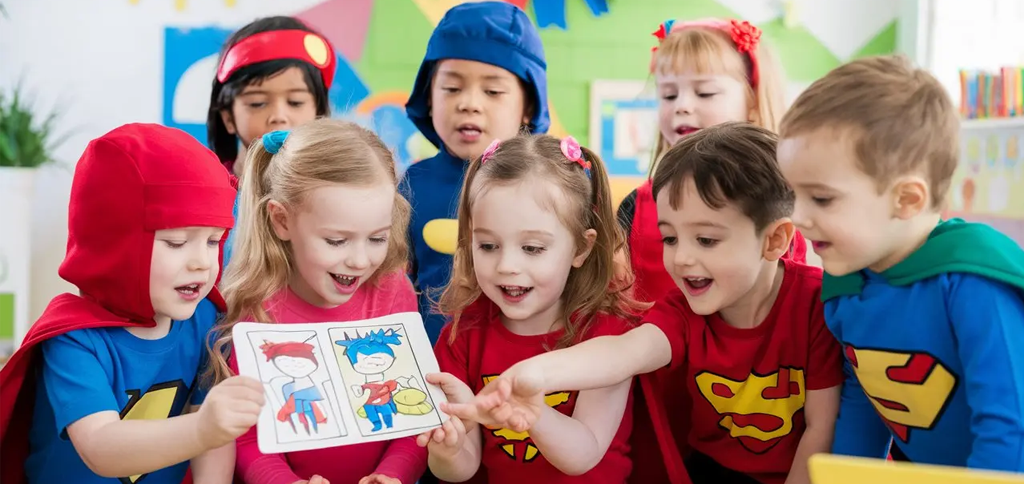
Connection of Social Emotional Development to Other Areas of Development
| Developmental Area | How It Connects to Social-Emotional Development |
|---|---|
| Développement cognitif | A child’s ability to regulate emotions directly influences their capacity to engage in learning. When children feel emotionally safe and secure, their brains are more open to processing new information. Social-emotional development supports memory, attention, and executive function. |
| Développement du langage | Motor skills and physical activity often occur within social contexts, like playing tag, building with blocks, or dancing. Children need emotional confidence to take risks, try new movements, and participate in group play. When a child feels supported emotionally, they are more likely to explore their environment physically. |
| Développement physique | Motor skills and physical activity often occur within social contexts, like playing tag, building with blocks, or dancing. Children need emotional confidence to take risks, try new movements, and participate in group play. When a child feels supported emotionally, they are more likely to explore their environment physically. |
| Moral Development | Every day, independence tasks—like dressing, brushing teeth, or cleaning up—are deeply connected to emotional readiness. A child who feels emotionally secure is more likely to try new skills and persist through challenges. Encouragement and emotional support during early attempts at independence build both competence and confidence. |
| Self-Help Skills | Every day, independence tasks—like dressing, brushing teeth, or cleaning up—are deeply connected to emotional readiness. A child who feels emotionally secure is more likely to try new skills and persist through challenges. Encouragement and emotional support during early attempts at independence build both competence and confidence. |
| Compétences sociales | This area is directly linked to social emotional development. Skills like sharing, turn-taking, negotiating, and cooperating are all rooted in a child’s ability to manage emotions and read social cues. A child with strong emotional regulation can wait patiently, resolve conflicts peacefully, and build friendships based on trust and empathy. |

Receive a free catalog and custom layout to help you design your ideal classroom easily.
FAQ
1: How can I tell if my toddler is emotionally secure?
An emotionally secure toddler is generally curious, willing to explore new environments, and seeks comfort from trusted adults when upset. They may express a range of emotions without fear of judgment and begin forming strong attachments with caregivers. Signs like returning for reassurance, engaging in parallel or cooperative play, and expressing joy during familiar routines are indicators of emotional security.
2: What are some mistakes adults make when trying to support social emotional development?
Common mistakes include dismissing emotions (“You’re fine, stop crying”), overcorrecting without explanation, and expecting emotional control beyond a child’s developmental level. Another misstep is focusing only on behavior without addressing the underlying feeling. True support involves validating emotions, guiding responses, and creating a consistent emotional environment rather than punishing emotional expression.
3: How do cultural values influence social emotional development?
Culture shapes how emotions are expressed, managed, and interpreted. In some cultures, independence is encouraged early; in others, interdependence and group harmony are prioritized. Caregivers should be culturally responsive, respecting how families teach emotional values and social expectations. Social emotional development is not “one-size-fits-all”—it must reflect a child’s home environment and social context.
4: Should social emotional learning be part of toddler curriculum in daycare or preschool?
Absolutely. High-quality early childhood programs intentionally integrate social emotional learning through routines, play, and teacher-child interactions. Strategies such as emotion coaching, problem-solving conversations, and modeling respectful behavior create learning environments where toddlers build empathy, communication, and emotional control alongside cognitive and motor skills.
5: How do peer relationships influence social emotional growth in toddlers?
Peers play a vital role in practicing emotional and social skills. Through interactions like sharing, turn-taking, and resolving conflicts, toddlers learn boundaries, empathy, and cooperation. These early experiences shape how children form friendships, respond to rejection, and negotiate group dynamics—core aspects of social emotional development that impact long-term relational success.
6: What’s the role of emotional regulation in preparing toddlers for preschool?
Emotional regulation helps toddlers handle transitions, follow directions, and participate in group activities—all essential for preschool readiness. A toddler who can calm down after disappointment or wait for a turn is better equipped to engage in learning. Supporting emotional self-regulation now lays the groundwork for smoother adjustment to structured learning settings and social expectations.
Conclusion
Supporting Social Emotional Development in early childhood is not a one-time task—it’s a continuous, intentional process that begins at birth and evolves through everyday interactions, relationships, and routines. From fostering emotional vocabulary to modeling empathy, from establishing trust to guiding toddlers through peer conflict, every moment offers an opportunity to build emotional intelligence. By recognizing developmental milestones, creating emotionally safe environments, and respecting individual differences, caregivers and educators can nurture children who are not only socially competent but emotionally resilient. Whether through affection, problem-solving, or peer engagement, strong Social Emotional Development empowers children with the tools they need to succeed academically, socially, and throughout life.

